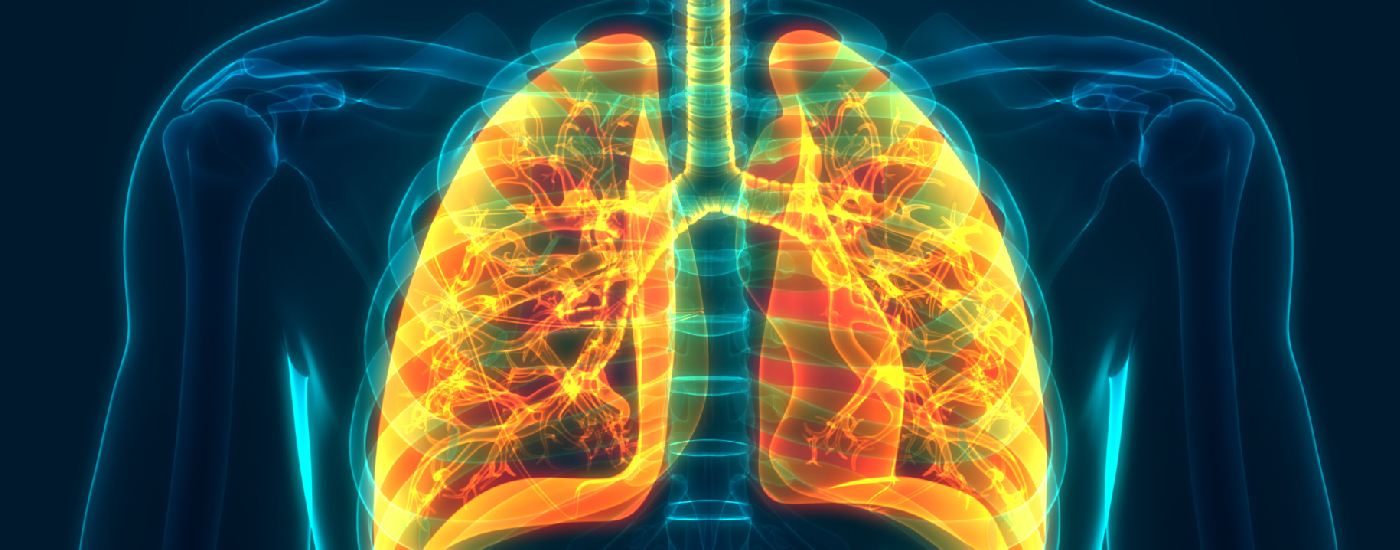Place Title
Mayo Clinic
Place Name
Scottsdale, AZ
Place State
AZ
Lat-Long
33.585737422064454,-111.7935803
Website URL
https://www.mayo.edu/research/clinical-trials/cls-20547009

